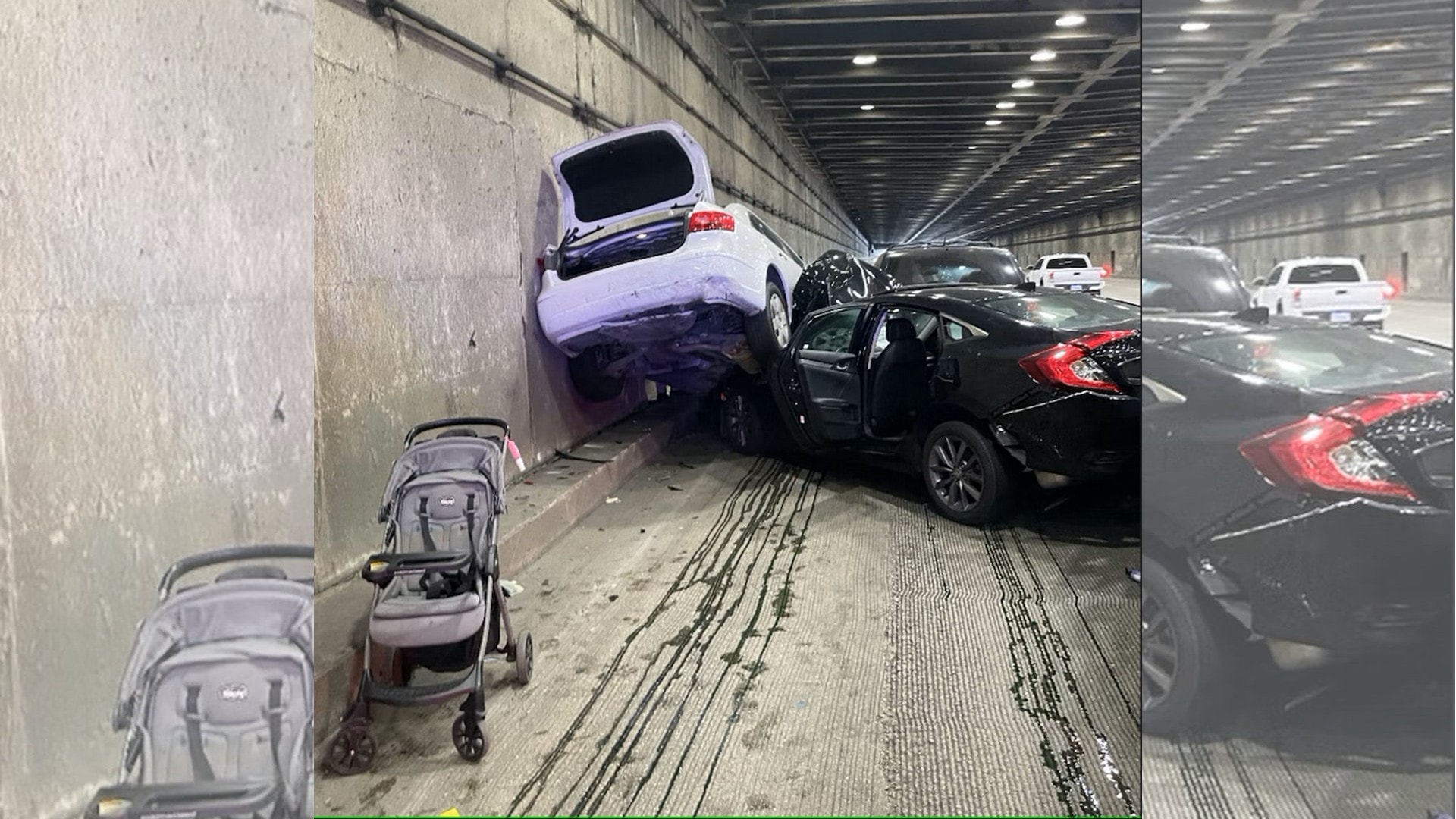Why does it matter that they work differently?
Obviously one system might have been fine and the other not, but why does that matter?
Regarding the system change - why does this matter?
Of course it matters at some level if FSD was on because it thought it was in the wrong place. They should fix that if so! But it’s not the reason for the accident even if it turns out that is exactly what happened! You could make that perfect and never happen and accidents like this will still happen. How are you going to prevent a driver from hitting the brake pedal inadvertently, for example (with Joe Mode on and tunes engaged with volume turned to 11) ?
This GPS possibility is like an airspeed pitot tube getting iced up. It happens. Not a big deal.
These are just contributing factors and obviously you are not going to just magically fix all of these things.
You need to fix something which is more well defined in the meantime (if that other thing ended up being the main cause - but need to continue to be vigilant about it regardless).
Anyway we’ll see.
One thing they could consider adding is a blaring rear collision alert. However, there is likely a very good reason they do not have that - it is perhaps hard to communicate to the driver fast enough without using the screens and separating it from other problems. Also the hardware might not be good enough to avoid false positives. Just going off of FCWs…




